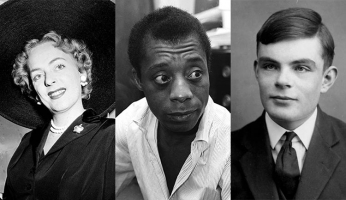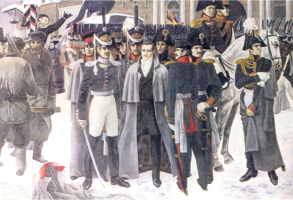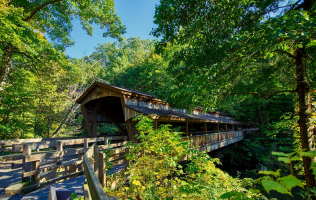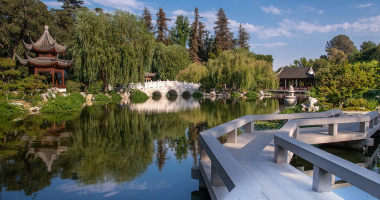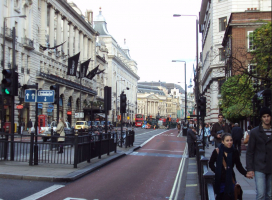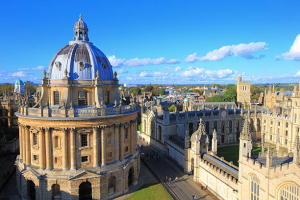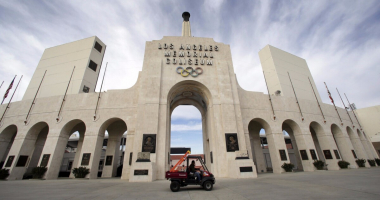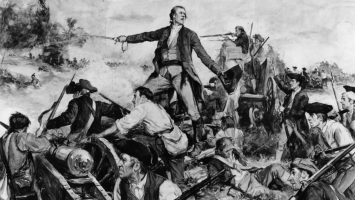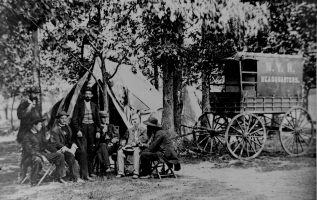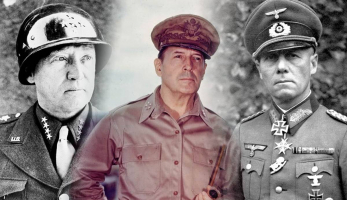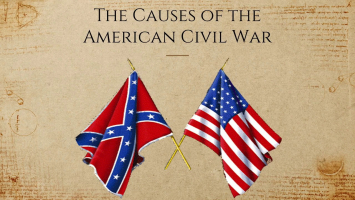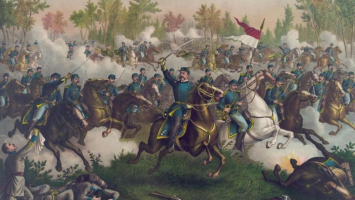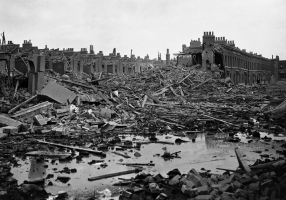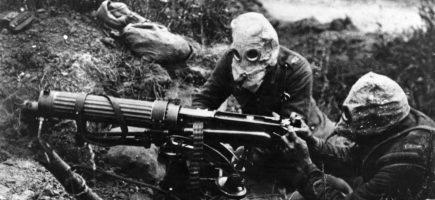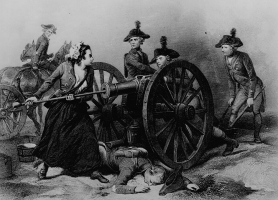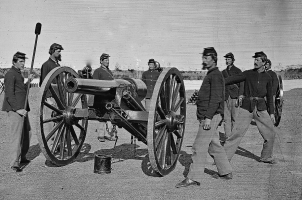Top 10 Historic Landmarks shaped by War
Warfare has been an important part of the human story, whether it was employed to commit evil or free oneself from oppression. Understanding the past, current ... read more...(like what is happening in Ukraine), and near future requires examining this truth, despite the discomfort and atrocities frequently linked with combat. The following locations are accessible to the public for individuals who are interested in following in the footsteps of history.
-
Work Makes You Free ("Arbeit Macht Frei") is one of the first things you notice as you approach Auschwitz's front gate. When seeing the largest Nazi concentration camp and extermination facility, the grim irony creates a tense atmosphere.
The property is around 30 miles from Kraków's international airport and is situated on the outskirts of the Polish city of Owicim in the south. The historically accurate grounds feature the infamous gas chamber remnants and are divided into the Auschwitz and Birkenau halves of the old camp. Visitors must act appropriately solemn and respectfully; in other words, this is not the place to take pictures with your duck lips on Instagram.
Although the Holocaust's atrocities are tough to comprehend, there is a valuable lesson for all of humanity to learn from it. The best way to put it is maybe in the words of Spanish philosopher George Santayana: "Those who cannot recall the past are destined to repeat it."
- Country: Poland
https://www.thinglink.com 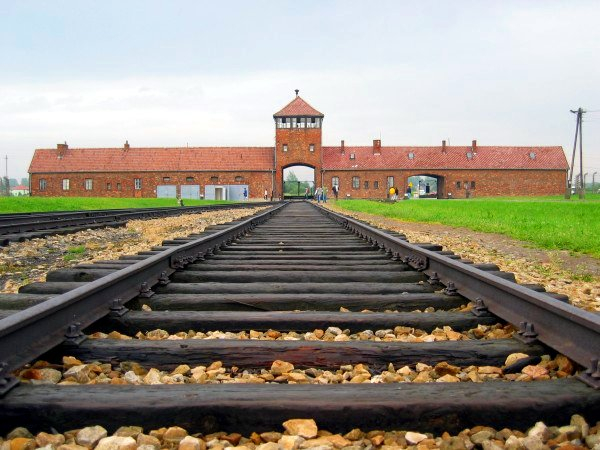
http://en.wikipedia.org/ -
The 'Custer's Last Stand' conflict is commemorated with a plethora of monuments and tourist destinations 60 miles southeast of Billings, Montana. The US 7th Cavalry, commanded by Lt. Col. George Custer, was completely destroyed by Sioux Lakota, Cheyenne, and Arapaho warriors in June 1876. However, if they were to succeed, terrible things would happen.
The US government increased its deliberate genocide of Native American tribes as a result of Custer's death. Those who were not killed were frequently exposed to lethal pathogens and illnesses including measles, smallpox, and influenza.
Regardless, romanticized accounts of the US cavalry have frequently appeared in literature, television, and movies. These stories typically leave out the fact that Custer's conceit and dubious leadership not only resulted in his own death but also that of two of his brothers, a nephew, and a brother-in-law.
Except for Thanksgiving, Christmas, and New Year's Day, the Little Bighorn Battlefield National Monument is open all year round. The complex includes a museum, visitor's center, and the Custer National Cemetery in addition to the actual battlefield.
Date: June 25–26, 1876
Location: Near Little Bighorn River, Crow Indian Reservation, Big Horn County, Montana, U.S.Result: Lakota, Northern Cheyenne, and Arapaho victory
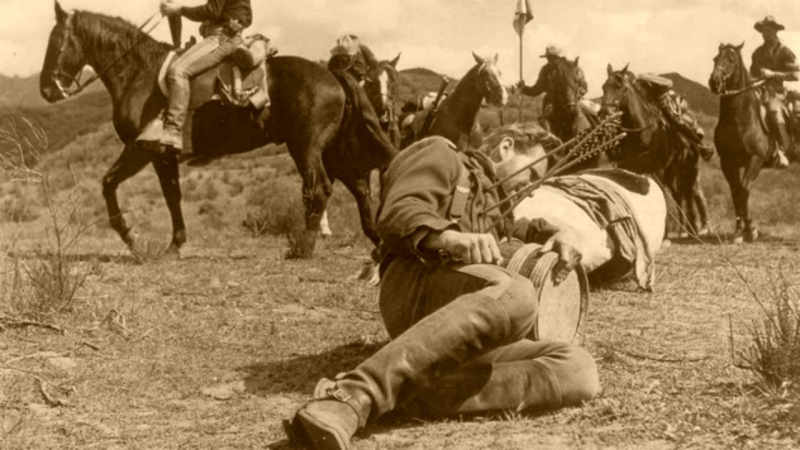
https://www.vodkaster.com 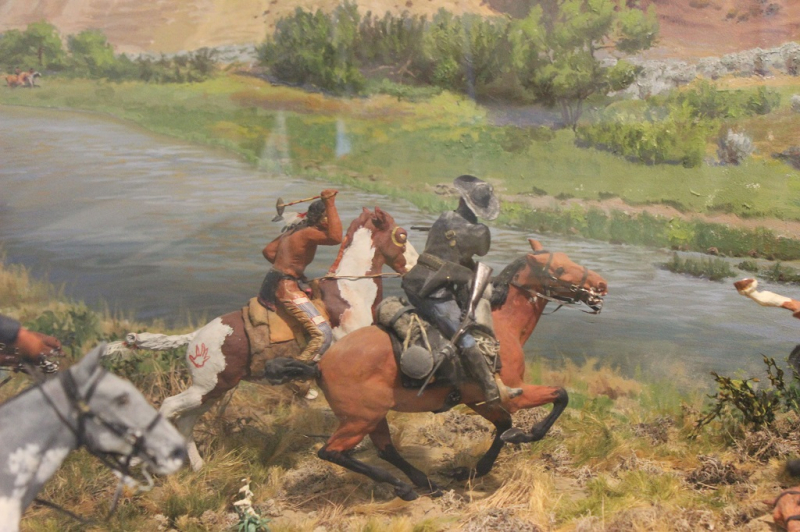
https://forum.treefrogtreasures.com/ -
The Khmer Rouge administration (the Communist Party of Kampuchea) ruled Cambodia from 1975 to 1979, immediately following the end of the Cambodian Civil War. At several locations known as "The Killing Fields," more than a million people were killed and interred during this time (1970–1975). The widespread perception is that the mass executions were a part of a larger state-sponsored genocide (the Cambodian genocide).
On the suburbs of Phnom Penh, the country's capital and largest city, there are several mass graves from this genocide. Tragically, Cambodia continues to be one of the countries most severely impacted by mines, cluster munitions, and other ERW, including ordnance dropped by American planes on covert operations during the Vietnam War.
The Tuol Sleng Genocide Museum, located on the grounds of a former secondary school that the Khmer Rouge dictatorship turned into an interrogation and detention facility, is one of the more somber reminders of this ancient kingdom's tragic past. The museum, which is centrally located in Phnom Penh, "preserves artifacts from a tragic time in Cambodian history in order to inspire tourists to be messengers of peace."
Country: Cambodia
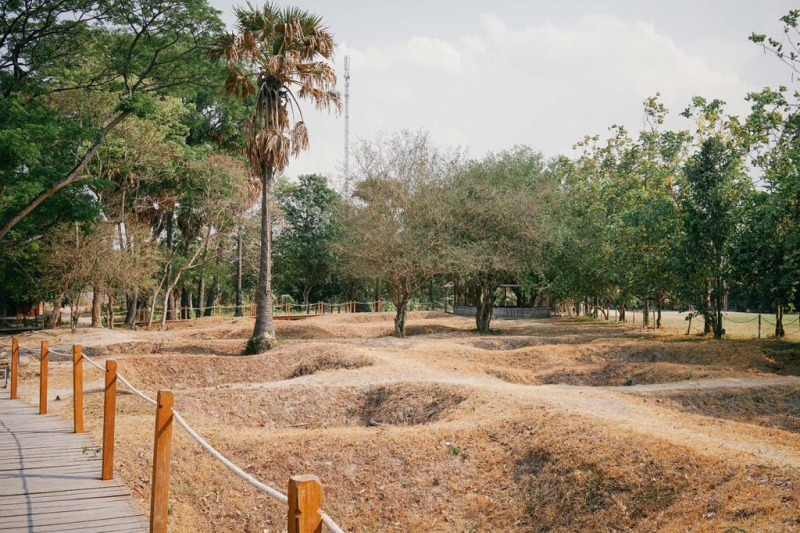
https://todayinhistory.blog/ 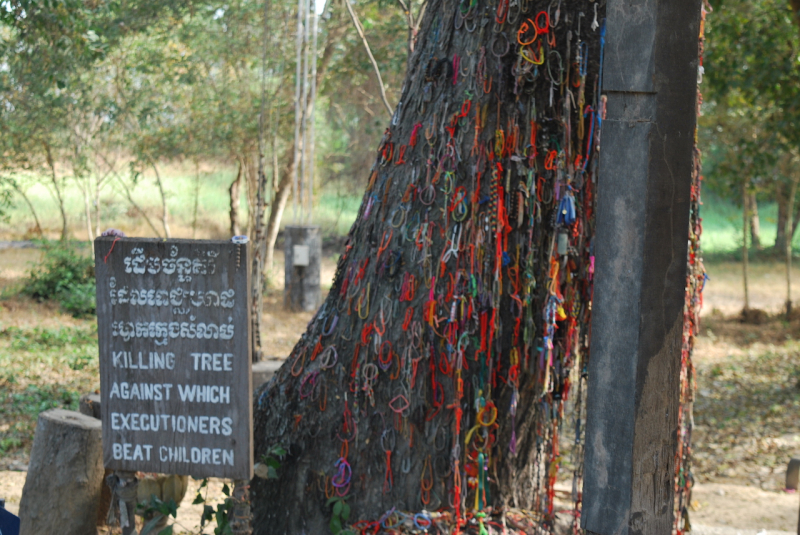
http://www.oneworld365.org/ -
The tranquil village of Agincourt, which has about 300 residents as of today, is located in the Pas-de-Calais department of northern France, about three hours' drive from Paris. The peaceful surroundings and pastoral setting stand in stark contrast to the mayhem and carnage that took place here on October 25, 1415, during the Battle of Agincourt.
In this late medieval conflict, which was a part of the Hundred Years' War (1337–1453), vastly outnumbered English and Welsh warriors relied largely on the longbow to beat the French Army. Shakespeare later made the epic battle legendary in his play Henry V, which has the renowned battle speech that has since been adapted into innumerable war movies, from Braveheart to Zulu.
For those seeking something a little more appetizing, nearby Boulangerie Evrard Chez Elodie et Nicolas serves freshly baked croissants and cafe au lait. The site boasts the newly expanded "Agincourt 1415" Center, featuring interactive displays, weaponry, armor, and video presentations designed to give the visitor a feel for "the smell of blood and roses."
Country: France
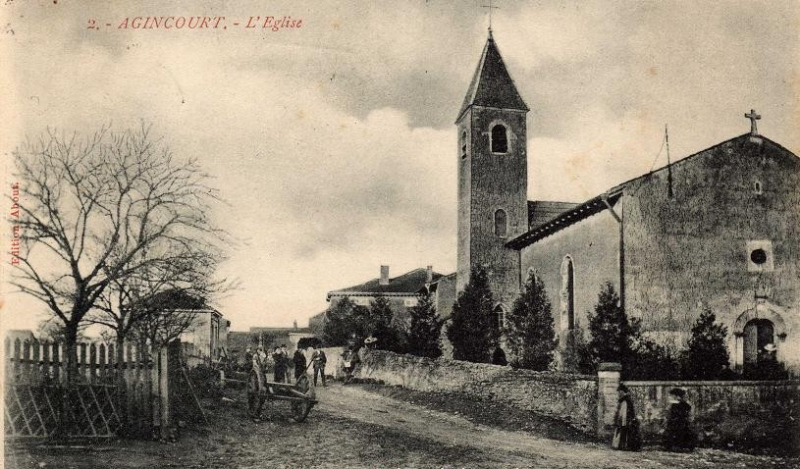
https://agincourt.fr/ 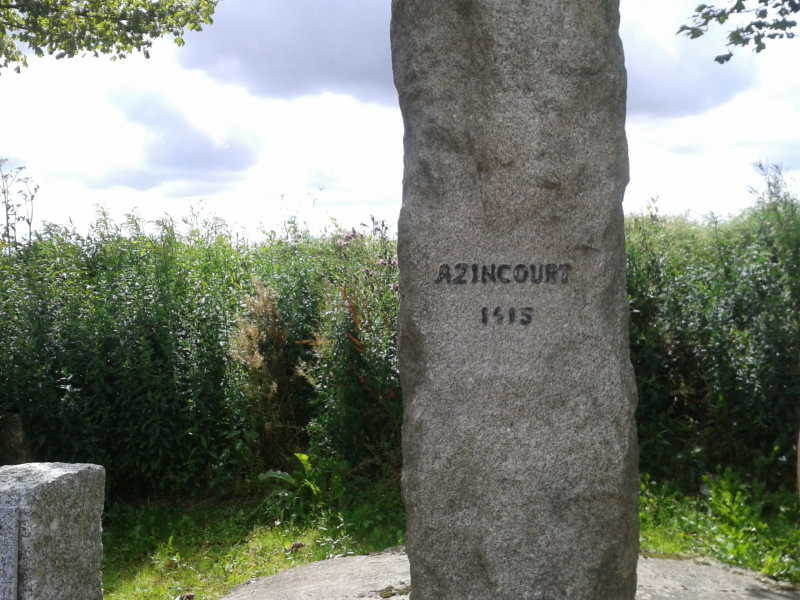
https://www.pinterest.com/ -
Aiming to put an end to the Nazi war machine's six years of unfathomable bloodshed and destruction, Allied forces rushed toward Berlin in the closing days of World War II. But as fate would have it, the Red Army arrived first and began plundering at whim. In an act of heinous brutality, Russian soldiers are believed to have raped two million German women.
The Allies ultimately divided the prizes among different sectors, kicking off The Cold War in the process. Eighty years later, remnants of Checkpoint Charlie and the Berlin Wall are among the many war memorabilia that are dispersed around the rebuilt city.
Visitors can still enter the depths of a WWII bunker that is akin to Hitler's notorious Führerbunker, despite the fact that it has long since been destroyed. A terrifying recreation of the underground complex where the German dictator spent his final days before committing suicide is provided during the guided tour.
Country: Germany
State: Berlin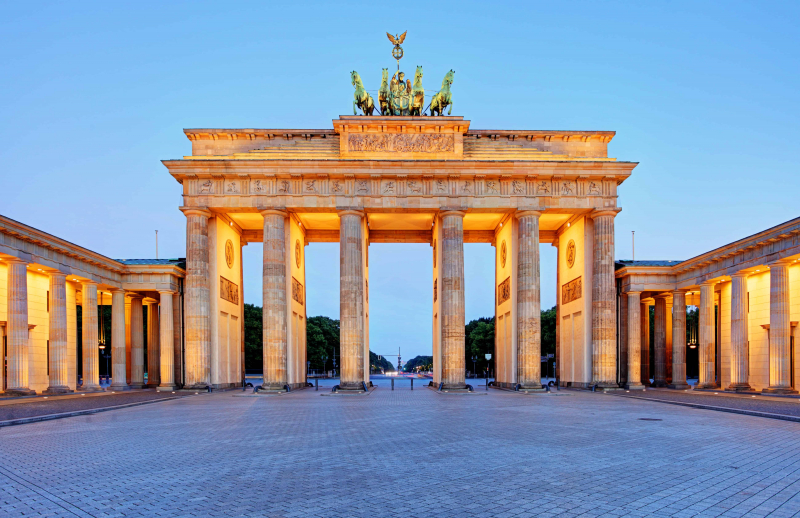
https://www.madmonkeyhostels.com/ 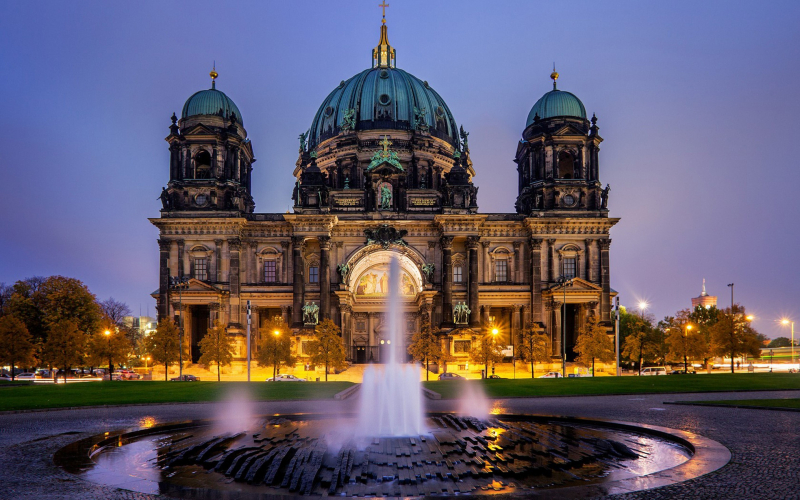
https://www.hdnicewallpapers.com -
The People's Army of North Vietnam (PAVN) launched a heavy artillery barrage on the American Marine base at Khe Sanh as a lead-up to the 1968 Tet Offensive during the Vietnam War. There, American troops fought for 77 days in what would end up being the bloodiest fight of the Southeast Asia conflict.
General Westmoreland, the commanding officer of the US Military Assistance Command in Vietnam (MACV), and US President Lyndon B. Johnson insisted on preserving the military installation despite the fact that it had no strategic significance. The choice, however, ended up being expensive.
In order to launch a much more catastrophic series of attacks on Saigon and other major centers, the North Vietnamese and Viet Cong used the siege of Khe Sanh as a diversionary tactic. At Khe Sanh, 6000 marines were able to repel more than 20,000 hostile forces. 2,800 Americans had died or been injured by the time the siege was over. Similar attrition with the humanitarian efforts soon followed.
Travelers are now permitted by the Vietnamese government to explore the former compound and other places connected to the conflict, including the Cu Chi tunnels. The enormous, 150-mile labyrinth was constructed during the First Indochina War and included a number of rooms, an infirmary, a kitchen, food storage, and munitions depots. Numerous rats, insects, and poisonous snakes were also housed in the underground network; these animals couldn't care less that the conflict was finished. You do so at your own peril.Built: 1962
In use: 1962-1975
Battles/wars: Vietnam War, Battle of Khe Sanh, Operation Lam Son 719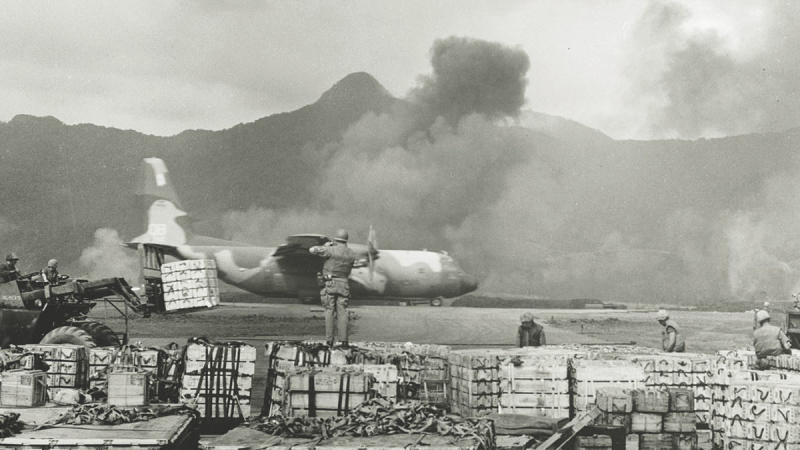
https://www.historynet.com/ 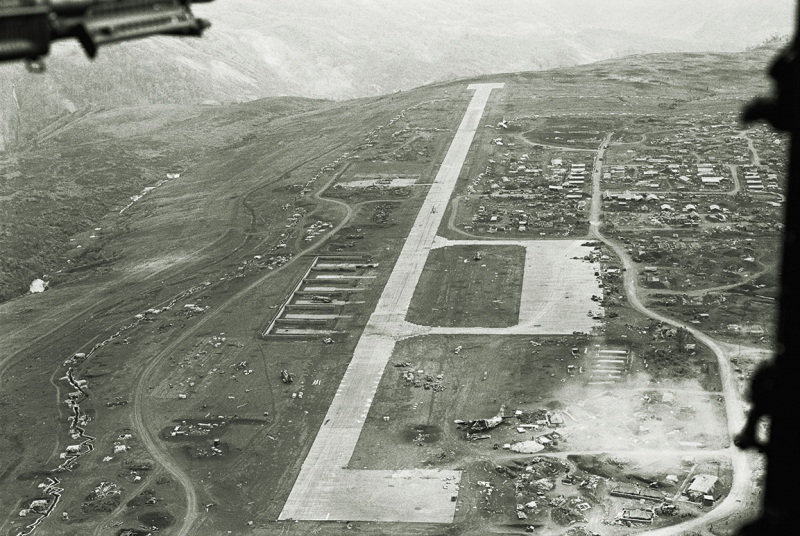
https://www.historynet.com/ -
Anzac Day is a national day of remembrance celebrated on April 25 each year in Australia and New Zealand. Its inspiration came from the Australian and New Zealand Army Corps (ANZAC), which participated in the Gallipoli Campaign in 1915, the first significant battle of World War I. Winston Churchill, who was later made to resign from his position as Lord of the Admiralty, was responsible for the British command's terrible failure of the battle plan, which was intended to end the Ottoman Empire's participation in the war.
Anzac troops endured very high mortality rates upon their landing in Turkey on the western coasts of the Gallipoli Peninsula, chiefly due to persistent machine firing. Soldiers who survived the initial assault had to contend with additional hardships such a lack of food and water, sickness, oppressive heat, and the ongoing threat of swarming corpse flies. Military leaders finally made the decision to break the pointless standoff and leave after eight months of sheer hell.
The rocky, steep terrain of Gallipoli, which is evident both then and now, highlights the nearly unachievable task that Allied men faced. The battleground also features a 100 foot Helles Memorial on the point of the peninsula overlooking the coveted Dardanelles Straits in addition to the Anzac Cemetery.Date: 17 February 1915 – 9 January 1916(10 months, 3 weeks and 2 days)
Location: Gallipoli Peninsula, Sanjak of Gelibolu, Adrianople Vilayet, Ottoman EmpireResult: Ottoman victory
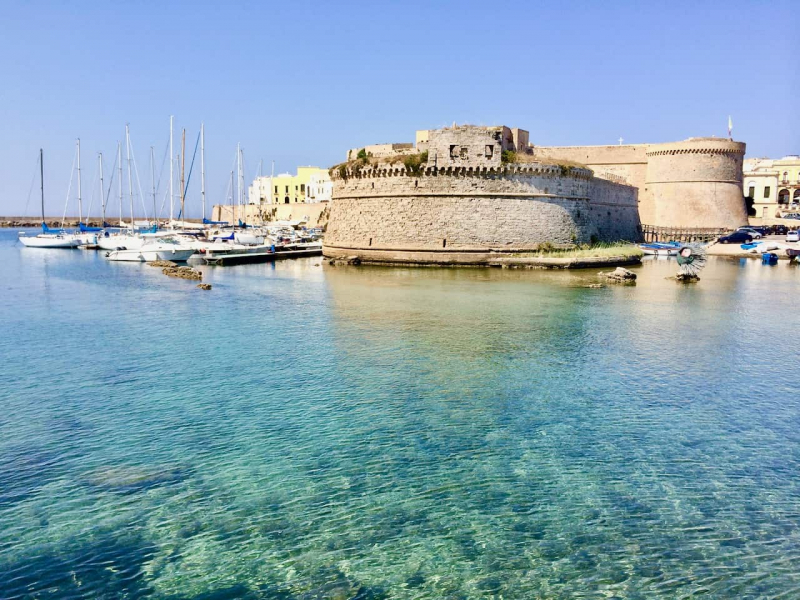
https://velvetescape.com 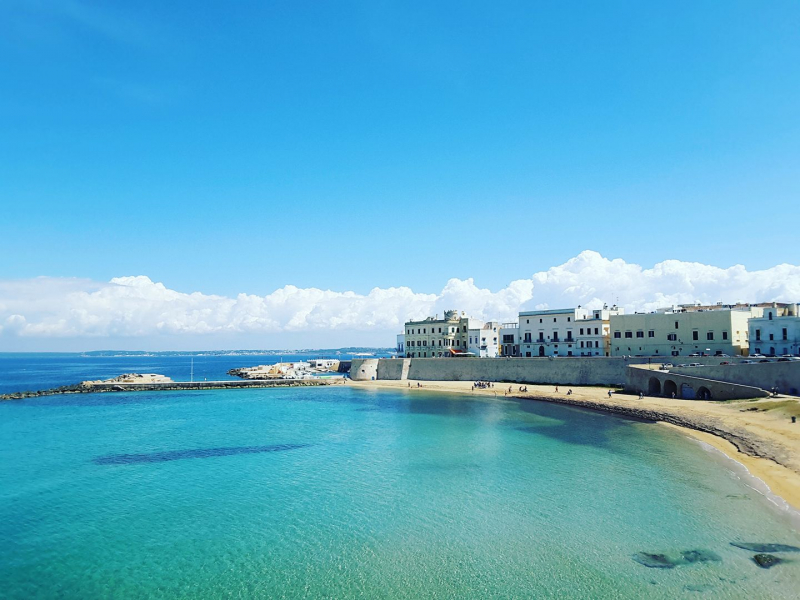
https://www.apuliaslowtravel.com/ -
In the greatest amphibious invasion in history, forces made up of American, British, and Canadian units descended on the beaches of Normandy on June 6, 1944. When the soldiers attempted to liberate Nazi-occupied France during World War II, they were greeted with fierce resistance from impenetrable German cannons.
The attack was started the morning of the fight by glider and parachute troops who descended behind enemy lines to occupy bridges and evacuation lanes. Then, more than 150,000 Allied soldiers launched an assault on and seized five predetermined beachheads. Less than a year later, the European conflict came to an end.
The memorials and museums in Normandy are a testament to the incredible sacrifice and courage that took place there. Additionally, concrete pillboxes that serve as a chilly reminder of a not-so-distant past are still visible along the beach.
Country: France
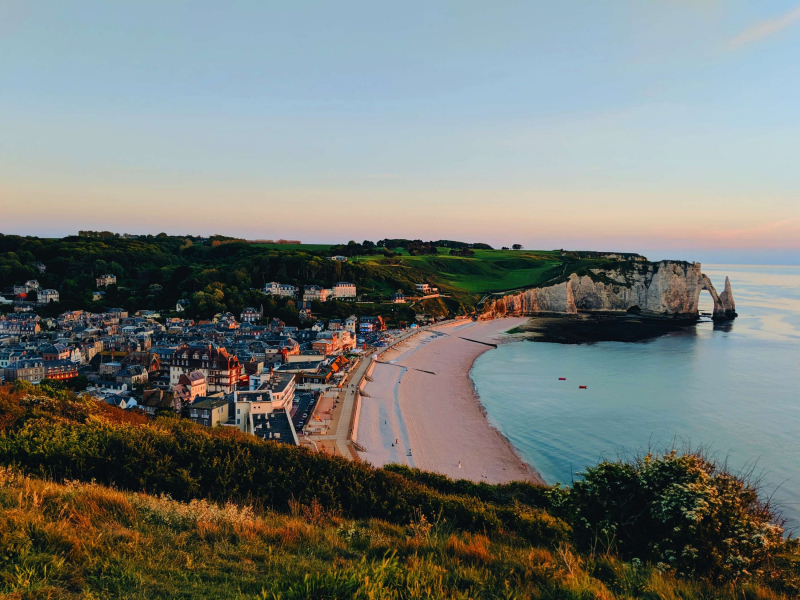
https://www.contexttravel.com/ 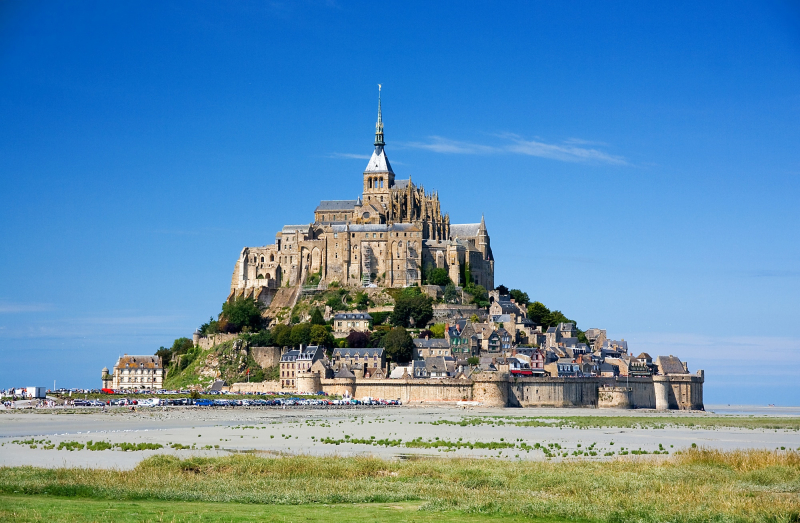
https://toptenzilla.com -
The misery of trench warfare, a tactic marred by disease, rodents, and horrifying bloodshed, came to be seen as the defining feature of "The Great War." A harsh lesson in futility would also be shown by the Battle of the Somme. The massive offensive, fought in northern France close to the River Somme, saw Allied forces attack the deeply entrenched German forces on the Western Front. But despite months of careful planning, something went awry. Immediately.
The British Army lost almost 60,000 soldiers on July 1, 1916, the first day of combat. In one of the bloodiest conflicts in history, over the course of the following four and a half months, 1.3 million troops on both sides were either killed or injured. The killing ultimately produced negligible territorial gains with no bearing on strategy. The battle's scars are still visible in the earth more than a century later. There are trench remnants, shell hole craters, and numerous graves along the Remembrance Trail, which connects the cities of Albert and Péronne.
Date: 1 July 1916 – 18 November 1916 (141 days)
Location: Somme River, north-central Somme and south-eastern Pas-de-Calais Départements, France
Result: Indecisive
Territorial changes: Bulge driven into the Noyon salient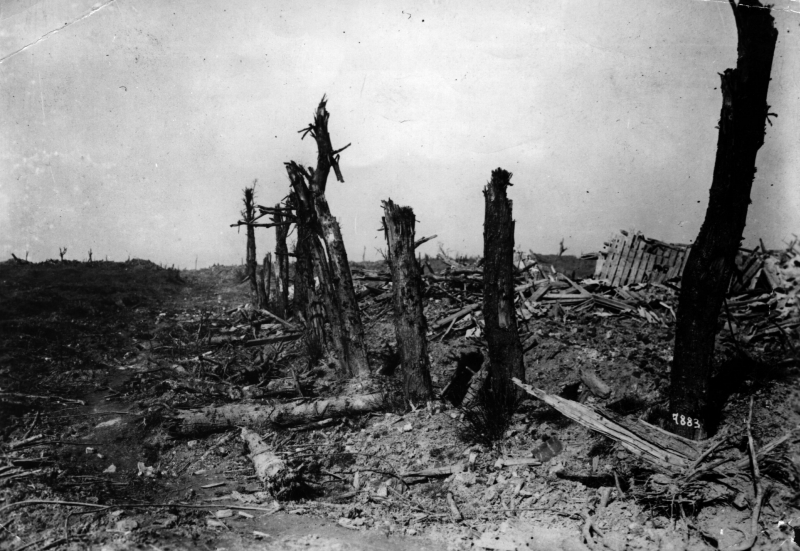
http://www.history.com/ 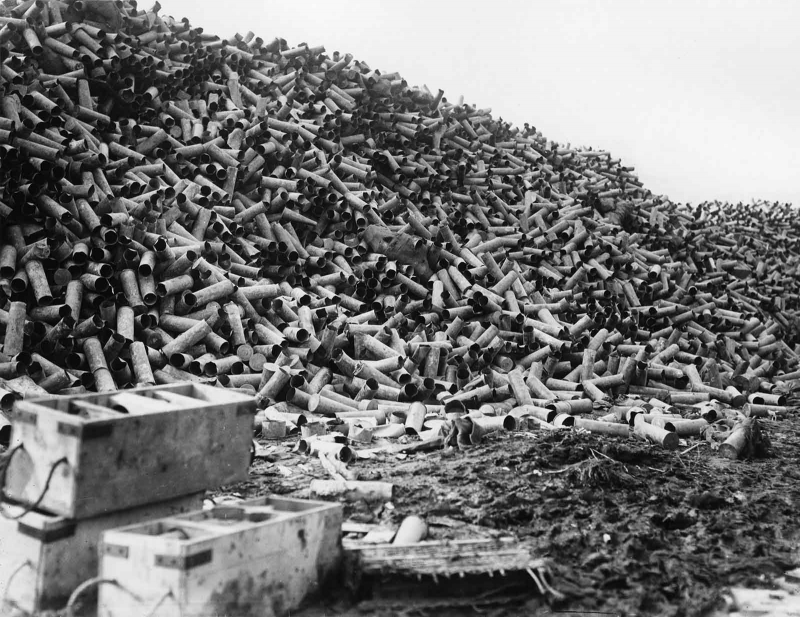
http://www.edugeek.net -
General Robert E. Lee's infantry and cavalry forces made an effort to invade the North in early July 1863 close to the Pennsylvania town of Gettysburg. The rebels wanted to create the Confederate States of America as a separate country and force a negotiated conclusion to the Civil War, which was fought over slavery. They came close to success.
With a combined death toll of almost 50,000, the furious three-day combat, which served as the war's turning point, was extremely costly. In spite of a valiant Union victory, the bitterly polarizing conflicts continued for a another two years.
The historic Gettysburg Address, which was delivered by President Abraham Lincoln at the dedication of the Soldiers' National Cemetery, was afterwards given on the battlefield. The National Parks Services now manages these revered lands, allowing tourists to see famous sites including Little Round Top, Devil's Den, Cemetery Ridge, and Culp's Hill.
Country: United States
State: Pennsylvania
County: Adams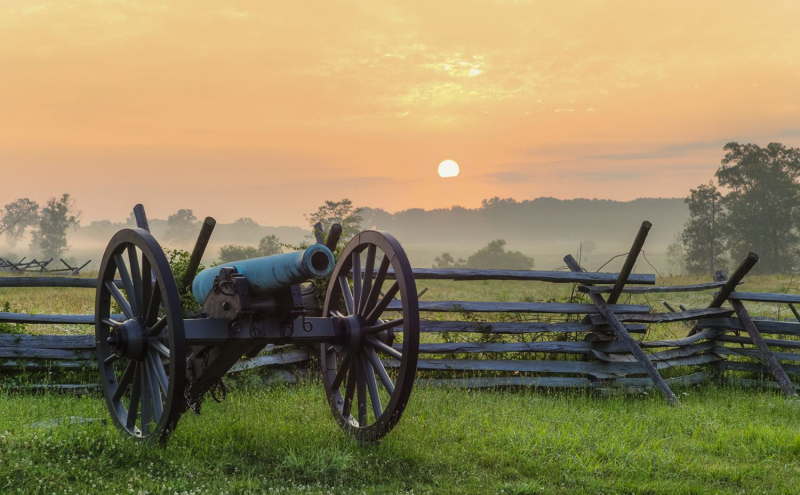
https://www.thoughtco.com/ 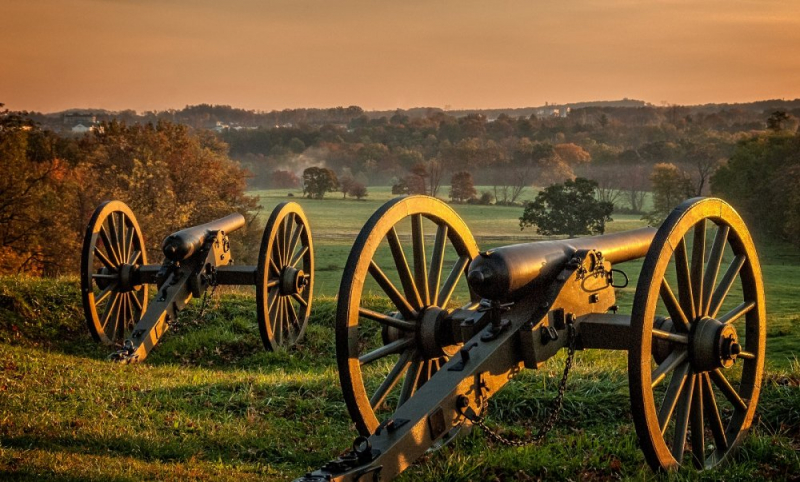
https://nationalinterest.org













